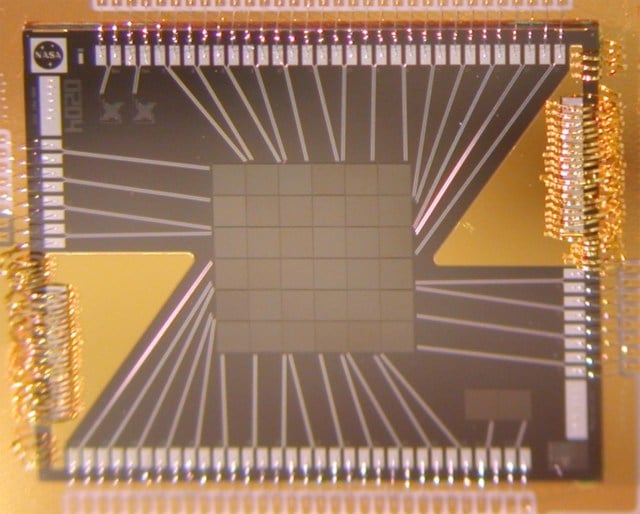The article explains it was launched last year and that is 6x6 pixels. But why not 7x7 or more? Is it due to the necessary cooling to just about absolute zero?
Yes, that’s the short of it. Each pixel needs its own wires, readout, and processing chain, and resources are limited on the spacecraft. The cryostat (instrument that keeps the pixels cold) only has so much cooling capacity and all the wires add thermal load.
Future missions are planned with more pixels (Take a look at the EASA Athena mission and its X-IFU instrument), and to reach that goal they are using multiplexing methods to allow more pixels to run on fewer wires.
I don’t know about cooling specifically, but for most space-bound equipment, it’s all about SWaP: space (volume of the equipment on the rocket), weight (more weight means more propellant needed), and power (you only get so many watts out of a given solar panel, and if you want more, go back to step one).
So they presumably found that 6x6 is an acceptable configuration for the available resources.
And that doesn’t even touch on the equipment itself, like _WC did. More pixels means more complexity means more engineering, testing, etc.
deleted by creator



